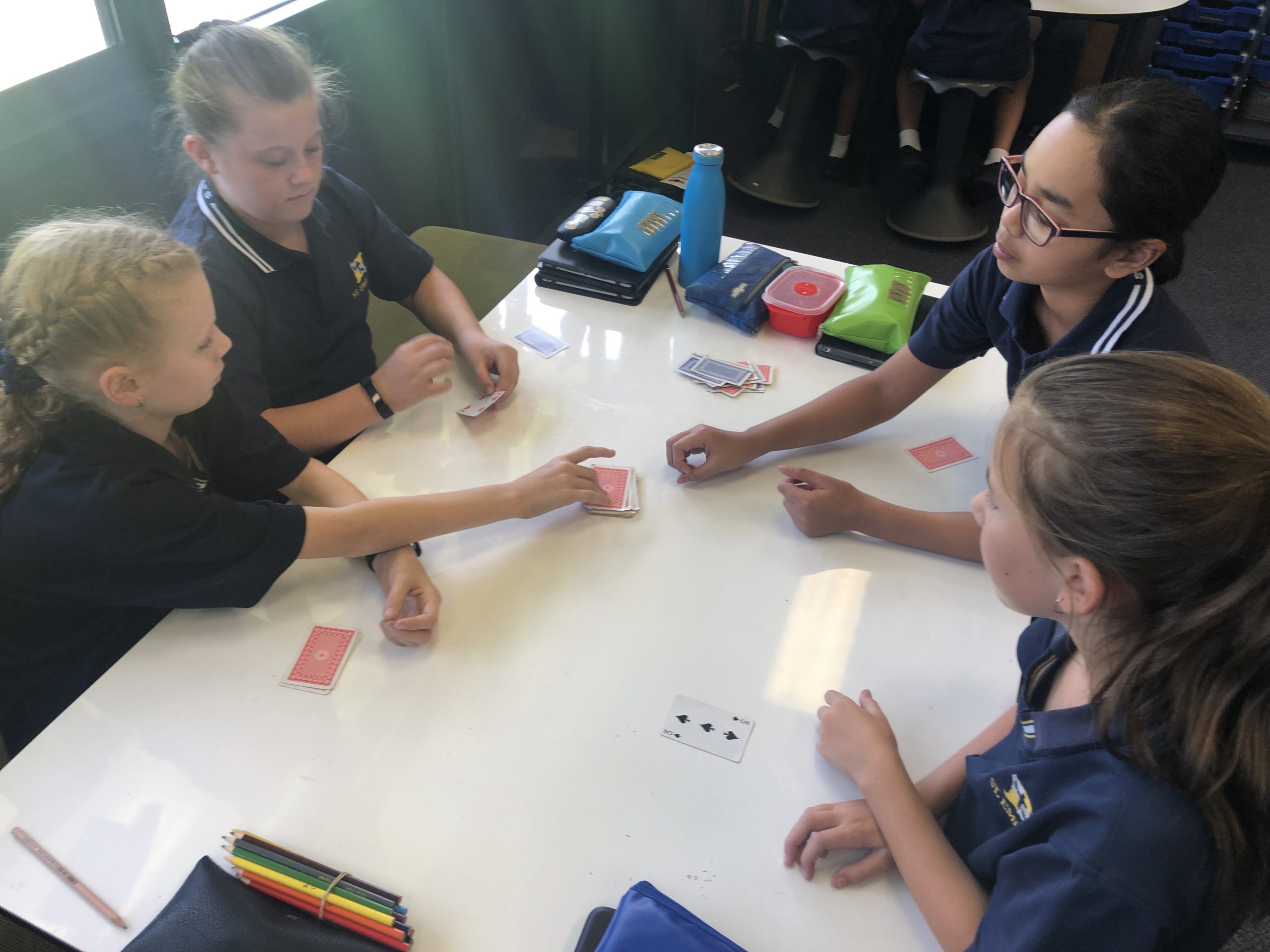Positive and Negative Numbers
Positive numbers are any numbers greater than zero, for example: 1, 2.9, 3.14159, 40000, and 0.0005. For each positive number, there is a negative number that is its opposite. We write the opposite of a positive number with a negative or minus sign in front of the number, and call these numbers negative numbers.
We played a couple of different math games to help our understanding.
Zero to Hero! Winner being the person the closest/furthest from Zero.
How big are you? Comparing our cards (red cards from the deck being negative numbers and the black cards being positive). We also ordered and compared them afterwards.
We have been investigating Prime Numbers in Mathematics. We have had some challenging questions to answer:
– Is 1 a Prime Number?
– Which Number between 1-30 has the most factors?
– 13 and 31 are Prime Numbers, can you think of any other 2 digits that remain as Prime Numbers when reversed!
Our heads are hurting but we have had lots of fun working them out!
We also learnt a new word in maths… INTEGERS!
An integer (from the Latin integer meaning “whole”) is a number that can be written without a fractional component. For example, 21, 4, 0, and −2048 are integers, while 9.75, 512, and √2 are not.
We are now moving on to learn about the following:
Square and Triangle numbers
Roman Numerals
Factors and Multiples









